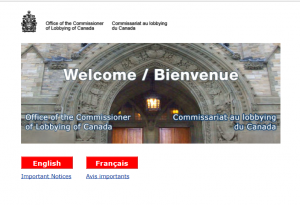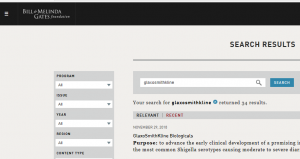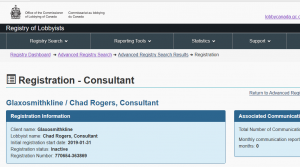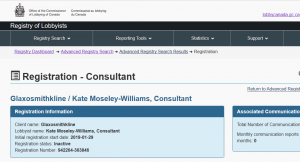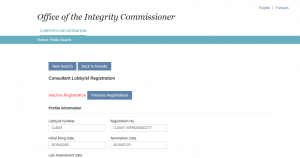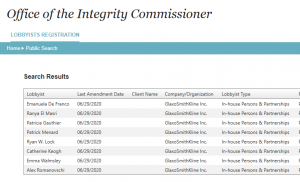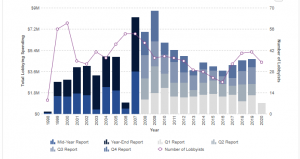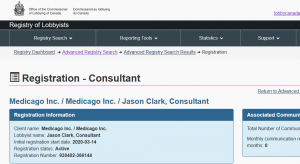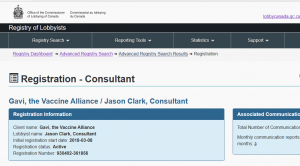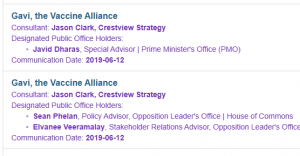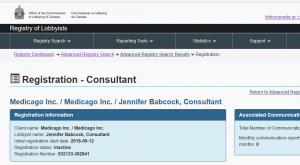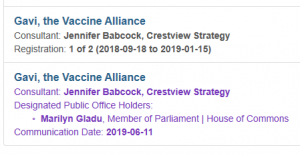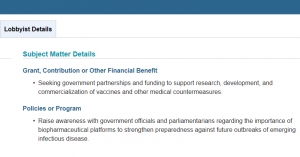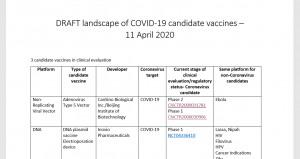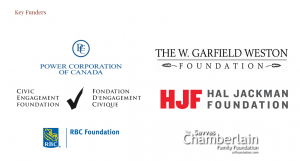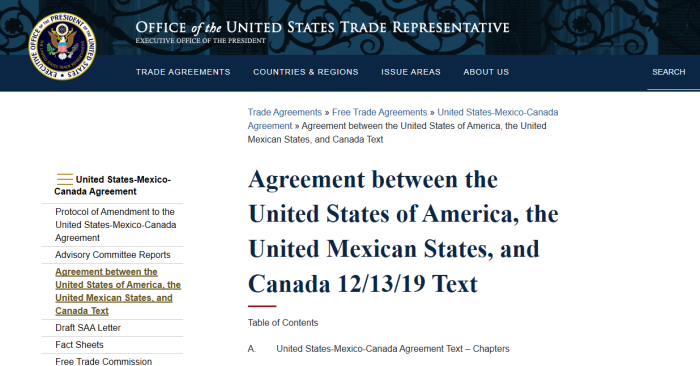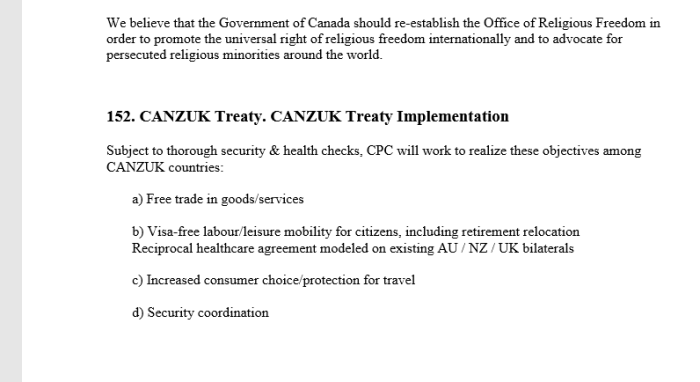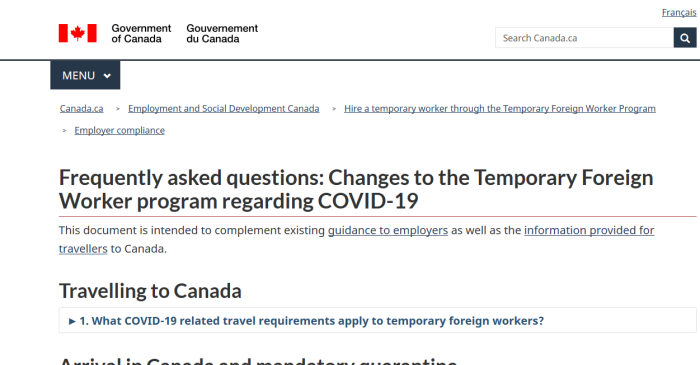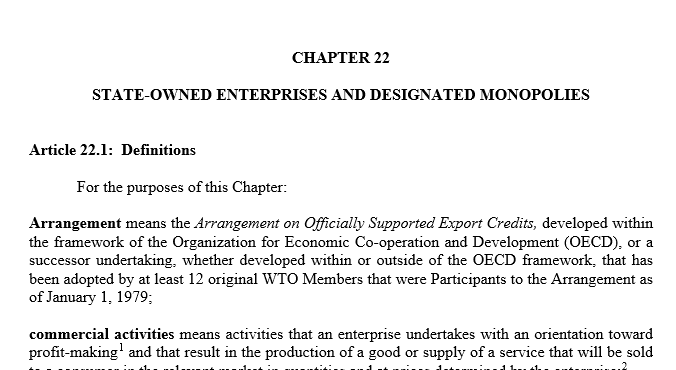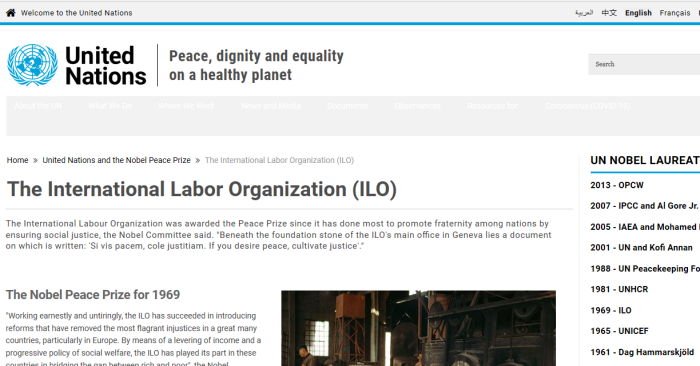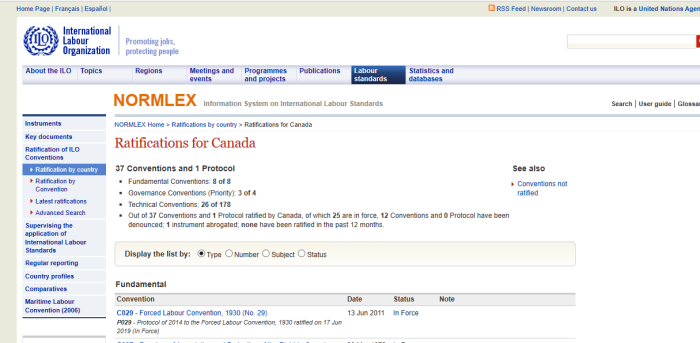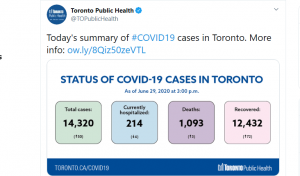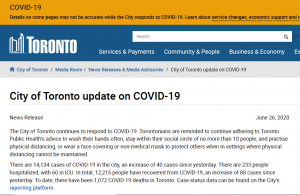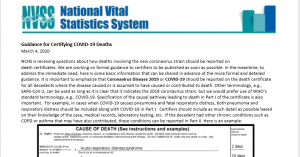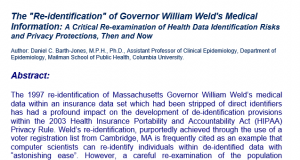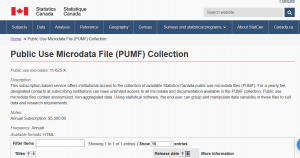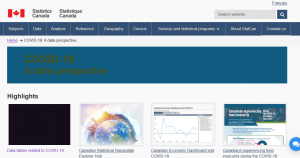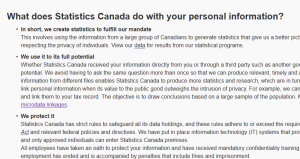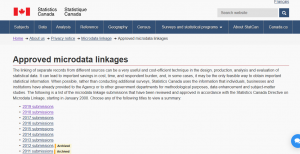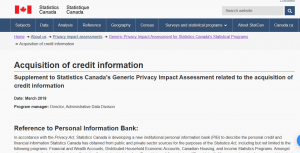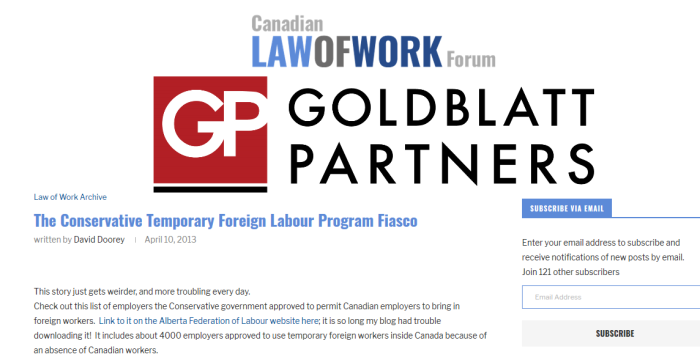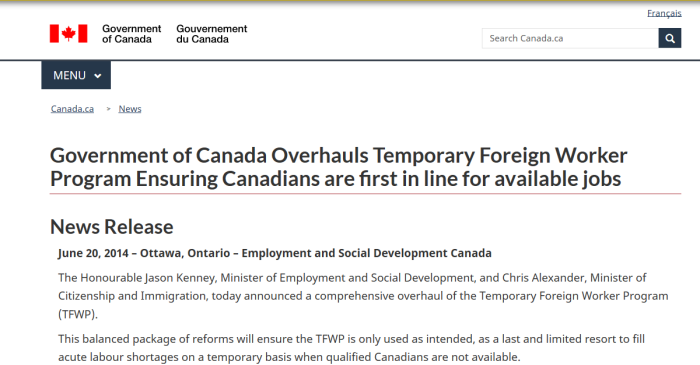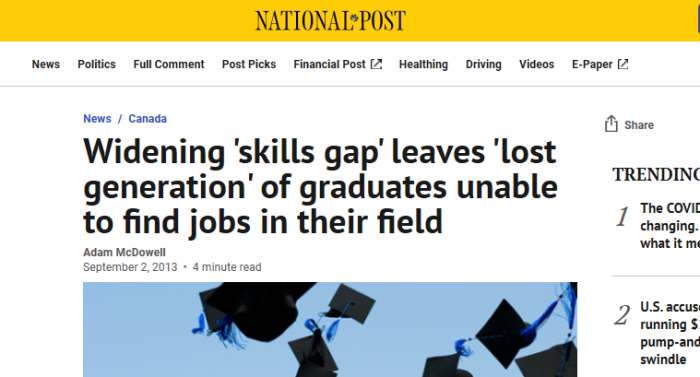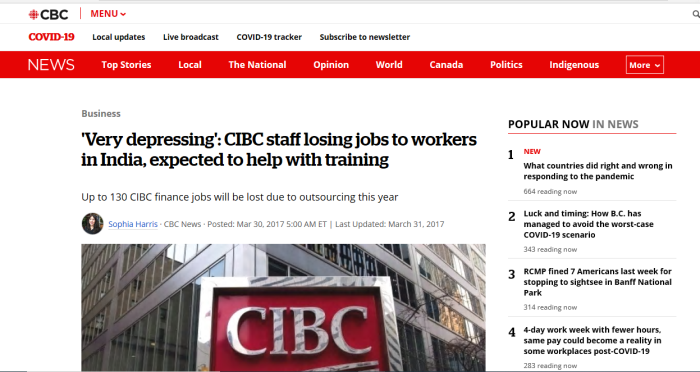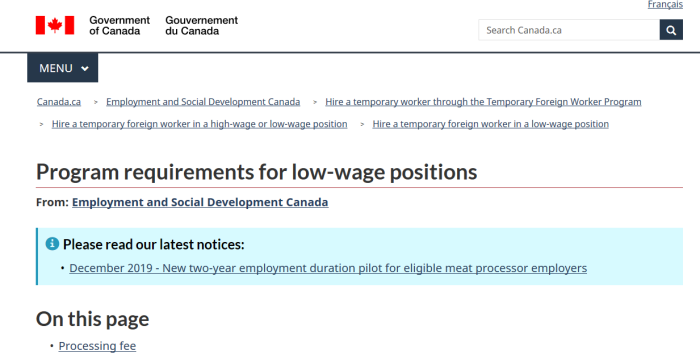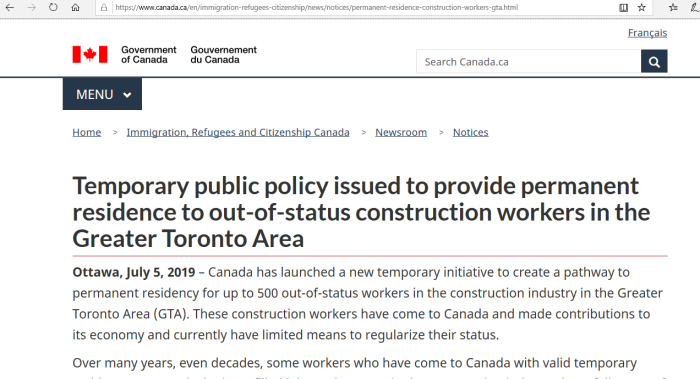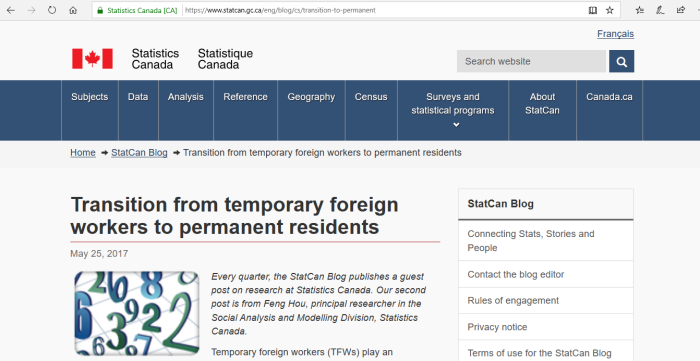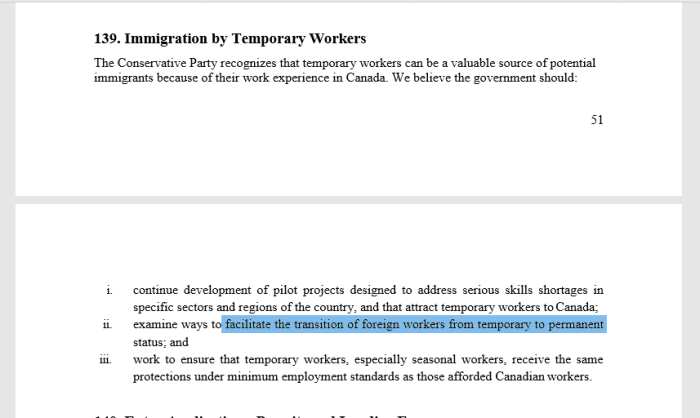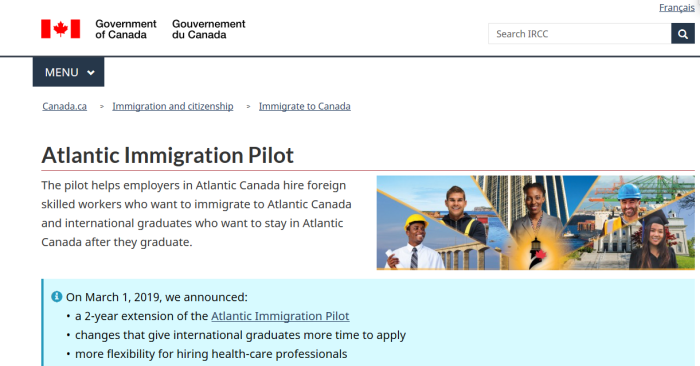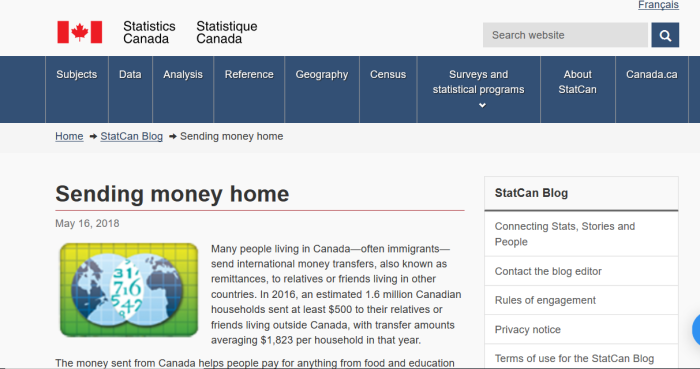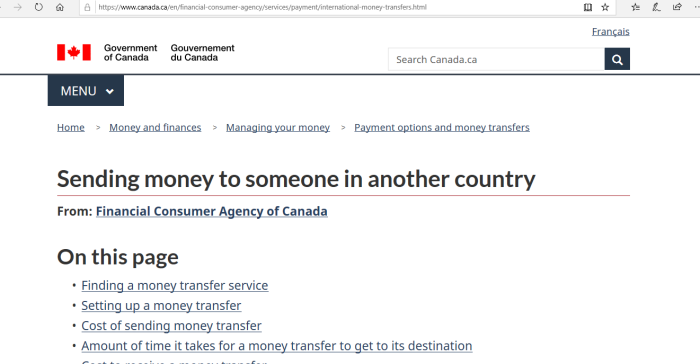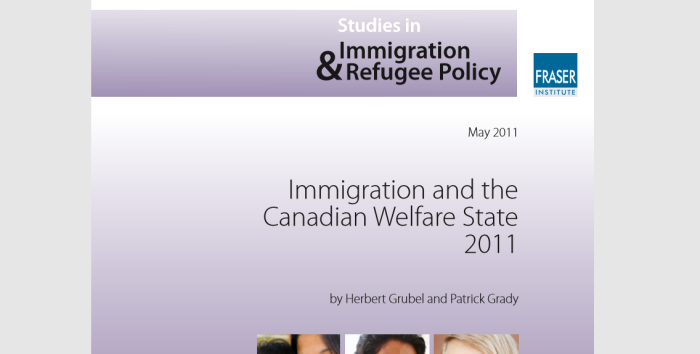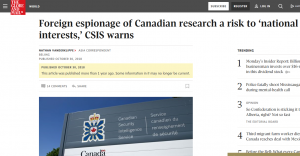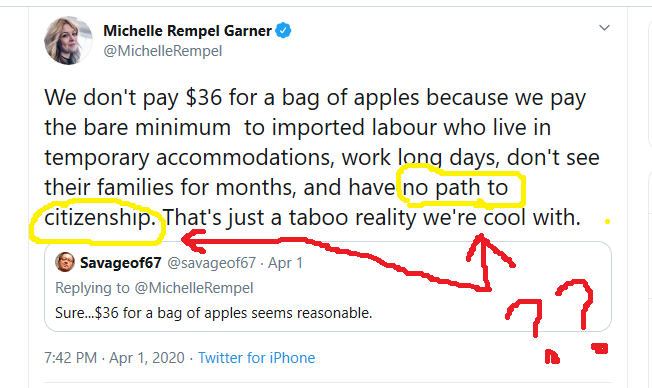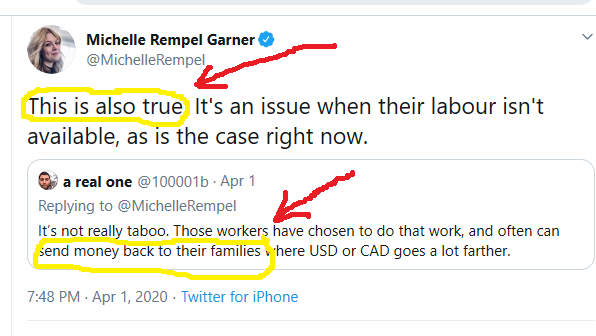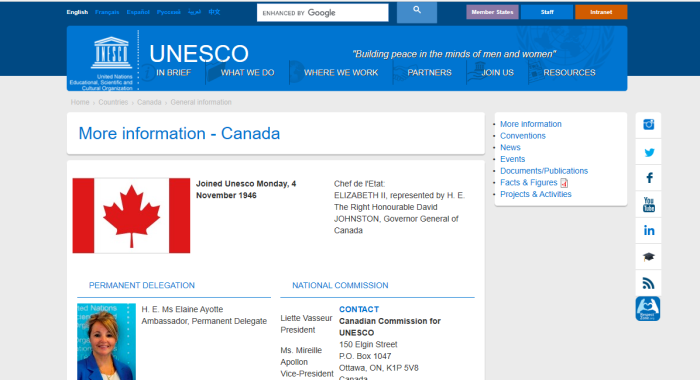
1. Understanding Our History
(A) https://canucklaw.ca/un-declaration-on-rights-of-indigenous-peoples-bc-and-feds/
(B) https://canucklaw.ca/the-indian-act-of-canada/
2. Important Links
(1) https://whc.unesco.org/en/faq/23
(2) https://en.unesco.org/covid19/cultureresponse/monitoring-world-heritage-site-closures
(3) https://unesco.org.uk/national-value
(4) https://en.wikipedia.org/wiki/List_of_countries_and_dependencies_by_area
(5) https://whc.unesco.org/en/list/
(6) https://canucklaw.ca/wp-content/uploads/2020/07/UN.new_.development.financing.2012.178pages.pdf
(7) http://www.clubdeparis.org/en/communications/page/debt-swap
(8) Debt for Nature Swaps _ UNDP (1)
(9) https://www.cov.com/en/news-and-insights/news/2004/08/covington-advises-on-debt-for-nature-swap-to-protect-unesco-world-heritage-site
(10) https://canucklaw.ca/ccs-14-uns-new-development-financing-the-bait-and-switch/
3. Who Actually Owns UNESCO Sites?
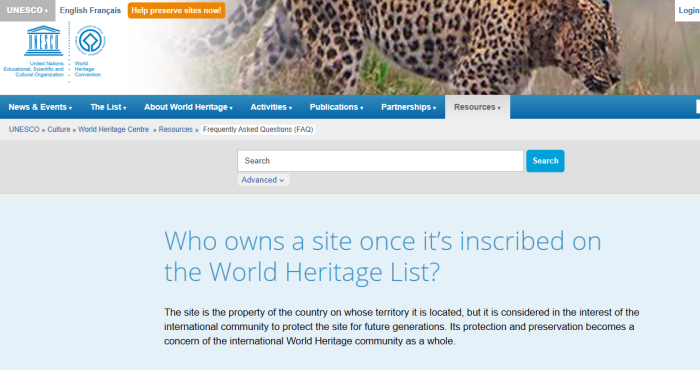
Who owns a site once it’s inscribed on the World Heritage List?
.
The site is the property of the country on whose territory it is located, but it is considered in the interest of the international community to protect the site for future generations. Its protection and preservation becomes a concern of the international World Heritage community as a whole.
An interesting explanation. So the host nation owns it, but is not allowed to do anything with it unless approved by the international community. Perhaps it’s like renting an apartment: it’s your space, but the interest of the landlord.
4. How Many UNESCO Sites Are There?
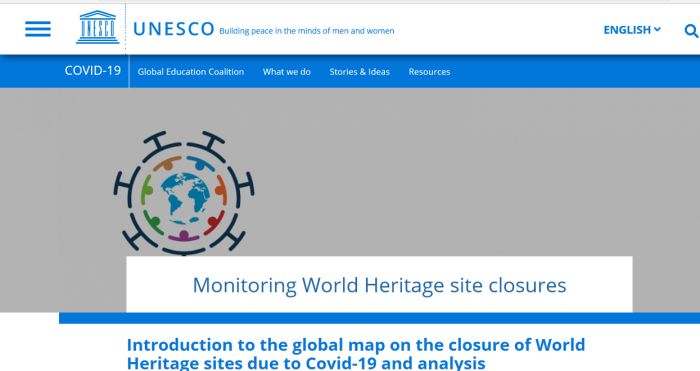
This includes the closure of natural and cultural World Heritage sites in the 167 countries they are located in. Please consider the following when reviewing the map:
The World Heritage Convention has been ratified by 193 States Parties but only 167 countries have properties on UNESCO’s World Heritage List;
The List includes a total of 1,121 natural, cultural and mixed World Heritage sites;
In some countries with federal systems there may be a different approach for certain areas within the country;
For some types of sites such as city centres, urban ensembles or agricultural landscapes access may be still possible to certain public areas of the sites, while other parts of the site may be closed, including site museums, visitor centres, religious or emblematic buildings;
For some countries, sites are being re-opened, such as in China;
While sites are closed, monitoring activities by site management may continue, especially for natural sites, including by anti-poaching units, monitoring by satellite images or drones and emergency interventions, for example in case of fires.
According to UNESCO, there are 1,121 UNESCO sites across the world. Now, it must be asked how big they are collectively.
5. How Large Are UNESCO Sites In Total?
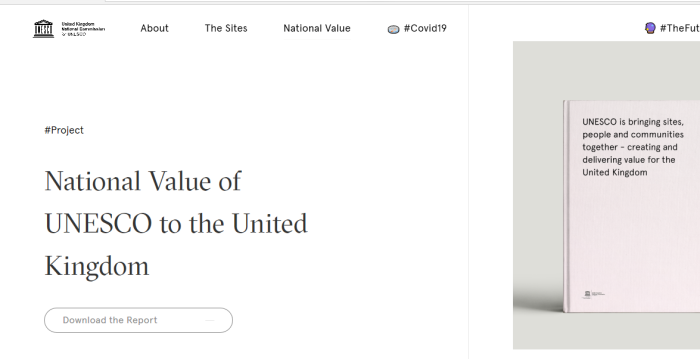
The research demonstrates that UNESCO designations deliver the UK’s commitment to creating a more sustainable, peaceful and equitable future at a local, national and international level. It provides governments, stakeholders, communities, designations and the public an opportunity to understand the contribution a global network covering 12% of the UK, or 10 million km2 globally (equivalent to the size of Canada) makes.
According to UNESCO UK, 12% of Britain is considered a UNESCO heritage site. In total, approximately the area of Canada is formed by these different sites.
| Rank | Country, Region | Area (square km) |
|---|---|---|
| 1 | Russia | 17,098,246 |
| n/a | Antarctica | 14,000,000 |
| 2 | Canada | 9,984,670 |
| 3 | China | 9,596,961 |
| 4 | United States | 9,833,517 |
| 5 | Brazil | 8,515,767 |
| 6 | Australia | 7,692,024 |
| 7 | India | 3,287,263 |
According to Wikipedia, the national land areas are distributed as such. If UNESCO heritage sites were combined, those 10 million square kilometers would actually make it the second largest mass, after Russia. Keep in mind, that while the countries still “own” the heritage sites, they are considered to be the interest of the international community.
6. Canada’s Various UNESCO Heritage Sites
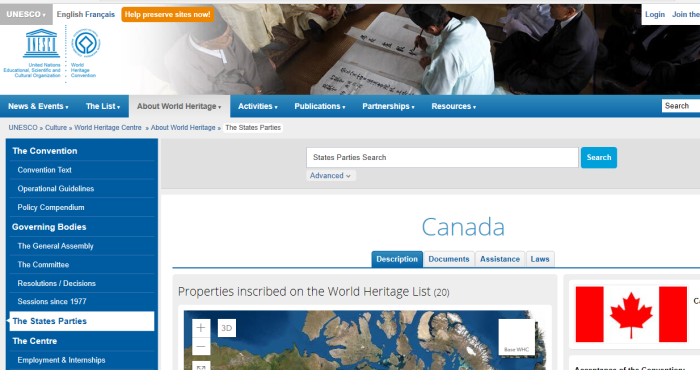
| Year | Site |
|---|---|
| 1978 | Nahanni National Park |
| 1978 | L’Anse aux Meadows National Historic Site |
| 1979 | Dinosaur Provincial Park |
| 1979/92/94 | Tatshenshini-Alsek |
| 1981 | SGang Gwaay |
| 1981 | Head-Smashed-In Buffalo Jump |
| 1983 | Wood Buffalo National Park |
| 1984/1990 | Canadian Rocky Mountain Parks |
| 1985 | Historic District of Old Québec |
| 1987 | Gros Morne National Park |
| 1995 | Old Town Lunenburg |
| 1995 | Waterton Glacier International Peace Park |
| 1999 | Miguasha National Park |
| 2007 | Rideau Canal |
| 2008 | Joggins Fossil Cliffs | 2012 | Landscape of Grand Pré |
| 2013 | Red Bay Basque Whaling Station |
| 2016 | Mistaken Point |
| 2019 | Writing-on-Stone / Áísínai’pi |
Over the last 50 years Canada has piece-by-piece been giving away parts of itself to UNESCO as “heritage sites”. And again, while it’s stated that we still own the property, it’s considered to be in the interest of the so-called global community. In reality, we don’t have control over them.
7. UN Debt-Land Conversion Mechanism: Usury
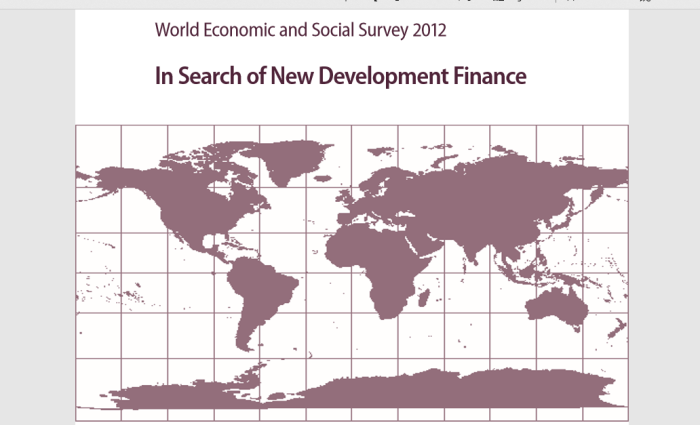
UN.new.development.financing.2012.178pages
(Page 88, 56 in document)
Debt-for-nature swaps Debt conversion first emerged, in the guise of debt-for-nature swaps, during the 1980s debt crisis, following an opinion article by Thomas Lovejoy, then Executive Vice-President of the World Wildlife Fund (WWF), in the New York Times in 1984. Lovejoy argued that a developing country’s external debt could be reduced (also providing tax relief to participating creditor banks) in exchange for the country’s taking measures to address environmental challenges. Estimates based on Sheikh (2010) and Buckley, ed. (2011) suggest that between $1.1 billion and $1.5 billion of debt has been exchanged through debt-for-nature swaps since the mid–1980s, although it is not possible to assess how much of this constitutes IDF, for the reasons discussed in box III.1
There have been two basic forms of debt-for-nature exchanges (Buckley and Freeland, 2011). In the first, part of a country’s external debt is purchased by an environmental non-governmental organization and offered to the debtor for cancellation in exchange for a commitment to protect a particular area of land. Such transactions occurred mainly in the late 1980s and 1990s and were generally relatively small-scale. An early example was a 1987 deal under which Conservation International, a Washington, D.C.-based environmental non-governmental organization, bought $650,000 of the commercial bank debt of Bolivia (now Plurinational State of Bolivia) in the secondary market for $100,000, and exchanged this for shares in a company established to preserve 3.7 million acres of forest and grassland surrounding the Beni Biosphere Reserve in the north-east part of the country.
In the second form, debt is exchanged for local currency (often at a discount), which is then used by local conservation groups or government agencies to fund projects in the debtor country. Swaps of this kind are generally much larger, and have predominated since the 1990s. The largest such swap came in 1991, when a group of bilateral creditors agreed to channel principal and interest payments of $473 million (in local currency) into Poland’s Ecofund set up to finance projects designed to counter environmental deterioration. The EcoFund financed 1,500 programmes between 1992 and 2007, providing grants for conservation projects relating to cross-border air pollution, climate change, biological diversity and the clean-up of the Baltic Sea (Buckley and Freeland, 2011).
This is nothing short of predatory lending and usury. Lending out large sums of money (often debt financed by donor countries), to other countries who can’t pay it back. The debts can be forgiven in return for consideration, such as rendering sections of land unavailable for use.
In short, these lands are taken away in return for debt forgiveness.
See the more sinister variation at the end.
It should be pointed out that UNESCO is not the only organization that is involved in debt swaps. There are private groups that do it too.
8. The Paris Club – Debt Swapper

The Paris Club is just one group that is involved in the debt swaps when countries can’t afford to make payments on their debts. While presented as harmless, it takes away national sovereignty. Keep in mind, that the average citizen isn’t responsible for racking up this debt.
9. UN Development Program

Debt for Nature Swaps _ UNDP (1)
The UN Development Program also runs a version of the same scheme. Here is a short guide they provide on the details.
10. Argentina Debt-For-Nature Swap
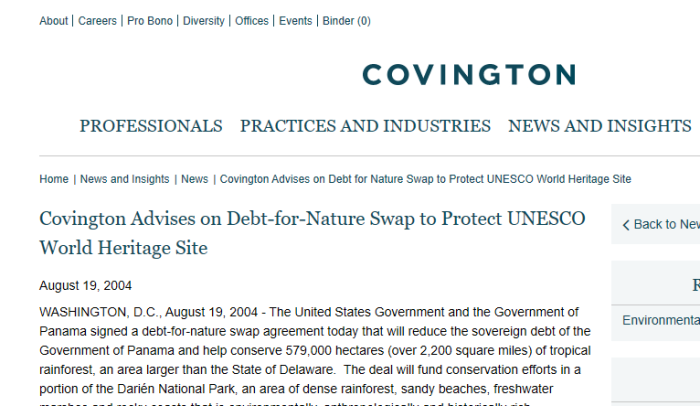
WASHINGTON, D.C., August 19, 2004 – The United States Government and the Government of Panama signed a debt-for-nature swap agreement today that will reduce the sovereign debt of the Government of Panama and help conserve 579,000 hectares (over 2,200 square miles) of tropical rainforest, an area larger than the State of Delaware. The deal will fund conservation efforts in a portion of the Darién National Park, an area of dense rainforest, sandy beaches, freshwater marshes and rocky coasts that is environmentally, anthropologically and historically rich.
The park has been officially recognized by the United Nations Educational, Scientific and Cultural Organization as a World Heritage site and as a Biosphere Reserve. It is located in an ecologically vital area that forms a land-bridge between the North and South American continents. The region is home three major indigenous groups, the Emberá, Waunaan and Kunas, who continue to live by traditional practices. The Darién coast was explored by Christopher Columbus in 1502 and visited by Spanish conquistadors. The Darién Gap region is inhabited by numerous rare animal species, including the jaguar, white-lipped peccary, giant anteater, bush dog, mantled howler monkey and harpy eagle (Panama’s national bird).
And with that, a piece of land larger than the State of Delaware has been signed over to UNESCO, in return for having some of its debt reduced. Remember, while the land officially stays in the hands of the country, it is now considered the interest of the global community.
In addition to the debt-for-nature swaps, there are also debt-for-health swaps. These can be even more nefarious.
11. UN Debt-Vaccine Conversion Mechanism
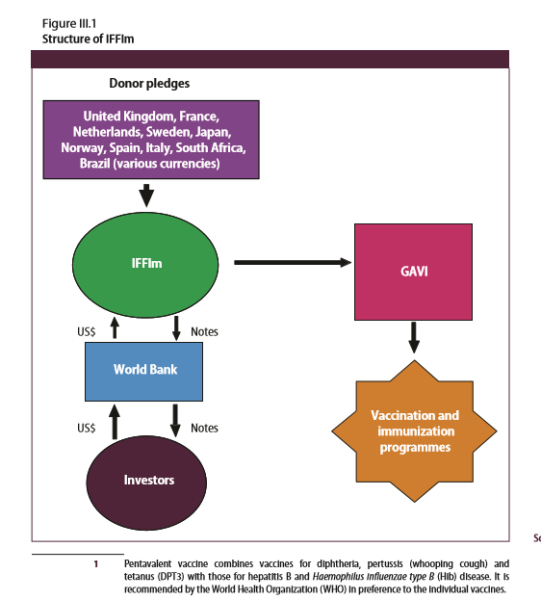
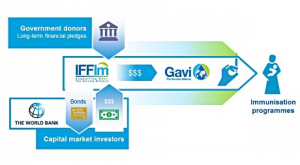
Look familiar? In Part 14 we mentioned IFFIm, the International Finance Facility for Immunization. How this works is that nations make legally binding pledges to IFFIm. IFFIm then takes those pledges and issues bonds to the World Bank, who sells them on the open market. Money then goes to World Bank, who gives it to IFFIm, who in turn provides it to GAVI. GAVI (also funded by Gates), uses it for vaccine research and development.
A reasonable person may ask why not give the money directly to GAVI. That’s because other people can’t line their pocket it that happened.
Funnelling money through “vaccine bonds” does nothing except allow others to skim from it. Now, what happens to the money that actually does arrive? It’s used in another predatory way.
(Page 89, 57 in document)
Debt2Health Since the development of debt swaps in the 1980s, there has been a diversification of their uses to encompass social projects, most recently in the area of health under the Debt2Health initiative, which was launched by the Global Fund to Fight AIDS, Tuberculosis and Malaria in 2007 to harness additional resources for its programmes. Under Debt2Health, a donor country agrees to reduce part of a loan ineligible for debt relief under global initiatives such as the HIPC and Multilateral Debt Reduction Initiatives, in exchange for a commitment by the debtor to invest (in local currency) half of the nominal value of the debt in programmes approved by the Global Fund. The Global Fund is committed to devoting all of the funds thus generated to financing programmes in the country rather than overhead costs (Buckley, 2011c)
This is an alternative to the debt-for-nature swap. Want your debt forgiven? Take your sterilizing and possibly paralysing vaccines.
12. Taking Advantage Of Desperate People
A lot of the loans and conditional foreign aid are not free. They come with strings attached.
Loans are handed out with terms that cannot possibly be met. What happens afterwards is an “arrangement” to cancel or reduce the debt. This can require ceding control over part of the land to outsiders, or having to play along with a certain agenda.
A variation of that is the debt-for-health swap, where debt is forgiven in return for adopting certain health measures. This includes vaccines, which can cripple or kill.
One has to wonder how UNESCO got its 1,121 heritage sites.



